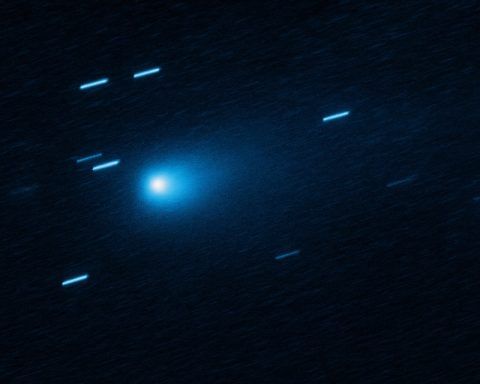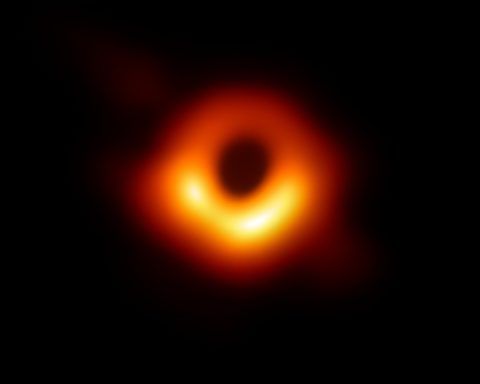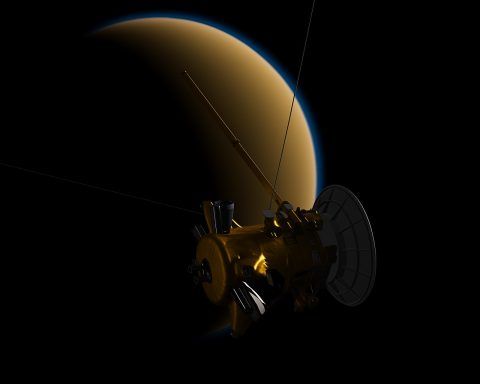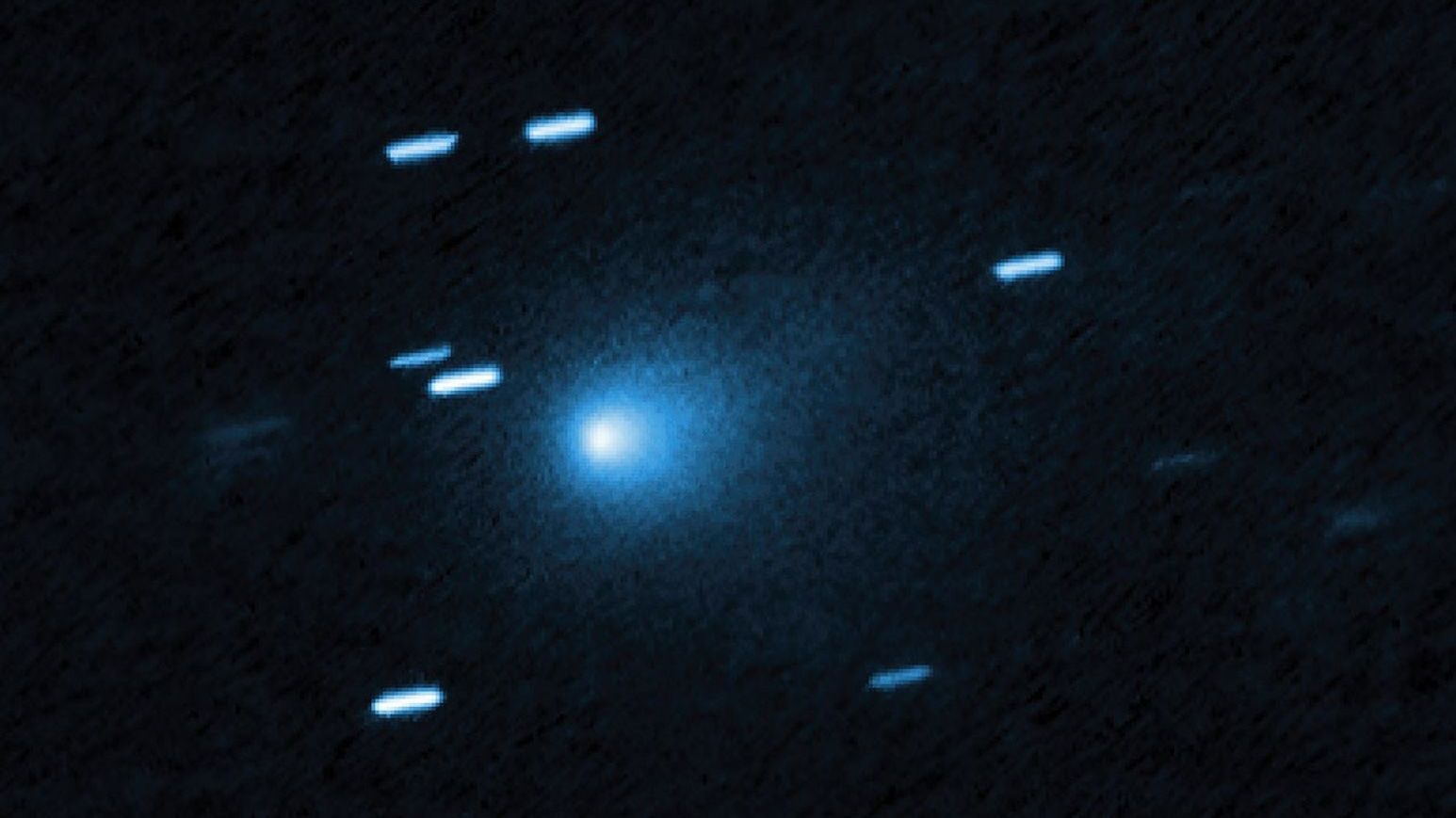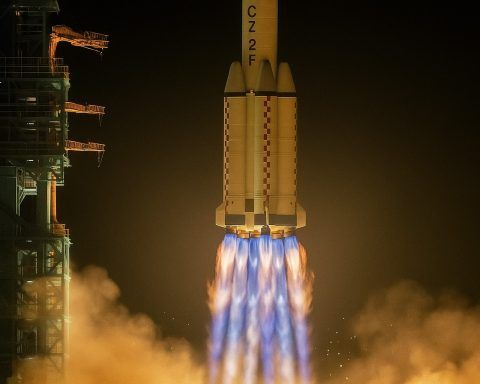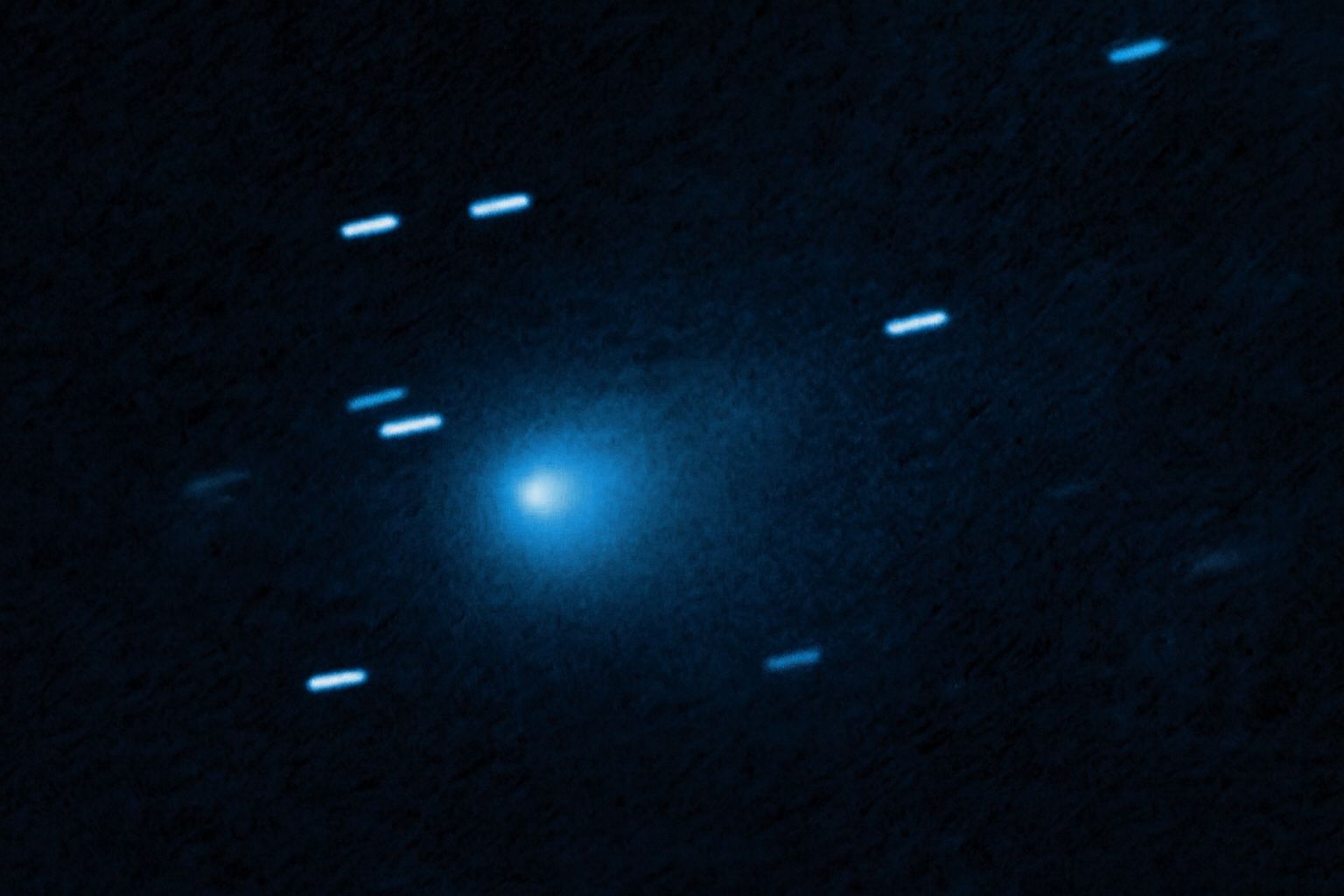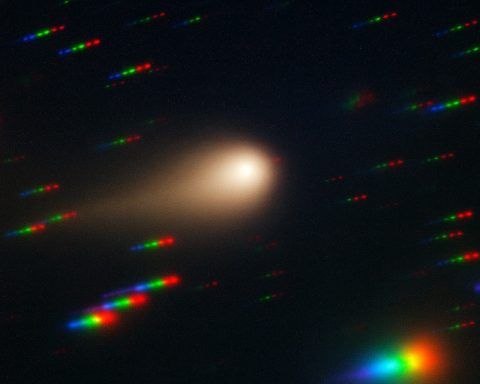
Interstellar Comet 3I/ATLAS on Nov. 9, 2025: Tail Mystery, New Jet Images, and Where to Look This Week
Updated: November 9, 2025 What’s new today Today’s snapshot: why the comet’s look is confusing Some Nov. 5–9 images show a compact coma with little obvious dust tail, which has fueled social-media claims that 3I/ATLAS is behaving “unlike a comet.”
